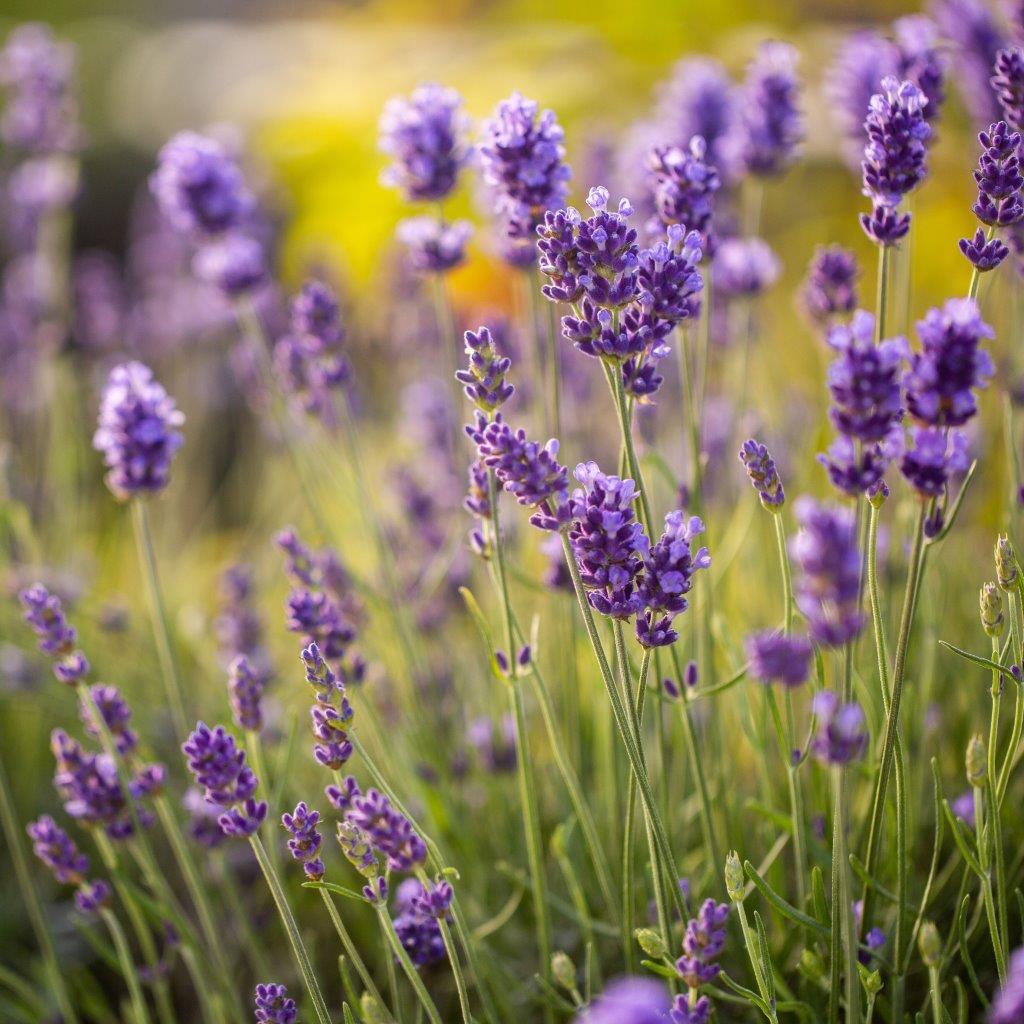Herb-Lavender (English)
$3.99
Grown in the Temecula wine country, our fresh English Lavender is grown with NO fertilizers, NO herbicides, and NO cultivation. It is grown in a Permaculture food forest where the soil biology is complex and healthy making our Lavender very aromatic and a culinary gem.
Lavender is best known as an intense floral fragrance or addition to potpourri. But this versatile plant has a range of remarkable culinary uses that can be implemented in both savory and sweet dishes.
What Does Lavender Taste Like?
The first sensory impact of lavender is a pungent floral flavor and aroma, with subtle notes of earthiness, herbaceousness, and mint. Different lavender varieties can take on additional undertones of smoke, fruit, and woodiness, making it a great culinary herb.
How to Use Lavender
Lavender is a unique herb in that every part of the plant—bud, stem, and leaf—can be used in cooking. While the lavender flowers (in salads) and leaves can be used fresh, the buds and stems can be used dried. Since the lavender flavor intensifies when the herb is dried, the dried buds should be used sparingly. Given the intense and potentially polarizing flavor of Lavender, it’s best to add small amounts at a time until the balance is just right. The overuse of Lavender could result in a bitter flavor that might make you think you’re eating perfume.
The flavors of lavender pair well with herbs like rosemary, oregano, sage, thyme, and savory. French Lavender is frequently included in the herb blend Herbes de Provence, which benefits from the subtle flowery flavor.
Note: Lavender can be used similarly to fresh rosemary, in recipes like meat marinades and baked breads.



What others are saying
There are no contributions yet.